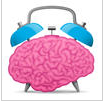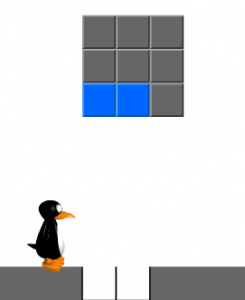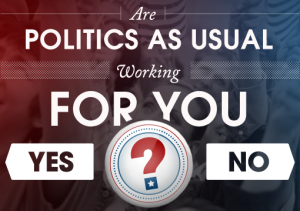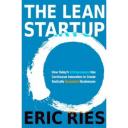
Changing behaviors takes considerable time and mental energy. Often we need help. Someone to guide or advise us through the process of learning the new behaviors from experience in a way that makes them stick. A guide provides motivation, helps us break through rationalizations and faulty beliefs, suggests new techniques when the ones we are using fail and provides perspective on progress and goals. Guides take many forms – a formal sponsor in a change program, friend, family member, therapist, community pharmacist, teacher, mentor at work, life coach or just someone else who has made it through the change and wants to help.
Without guides most of us (approximately 70%) will not be able to achieve lasting changes to our health, financial, relationship and other essential personal an professional behaviors. Technology can be a guide too. Indeed, technology is amplifying and redesigning how human behavior-change guides do their work. Smart phones, social networks, special purpose web sites, virtual humans, video games and simulations all promise to revolutionize how we change behaviors.

Technology-enabled behavior change has grown explosively over the last 10 years and is emerging as a new academic discipline. Conferences, journals, rigorously research books and interdisciplinary centers are sprouting up. For example, I received two emails just today on the topic. One announced a new book from Psychology Press, The Social Cure, that argues ” A growing body of evidence shows that social networks and identities have a profound impact on mental and physical health.” The second announced a new interdisciplinary research and education center being launched at Northwestern University dedicated to becoming a world leader in behavioral intervention technology (BIT).

They are looking at how a range of technologies from the web to the smart phone and virtual humans can enable preventative medicine, cognitive behavioral therapy, psychotherapy and other science-based behavior change interventions. Of special interest is purple, a platform the Center developed for building BIT applications. Purple is a tool for building new BIT applications faster, better and cheaper.
Clearly technology-enabled behavior change is hot.
To be successful such technology efforts will have to maintain a laser-like focus on what they are trying to enable, namely the social cognitive psychology of how humans make lasting behavior change.
Now, how does that work again?

 While we constantly call for new ideas and creative approaches to persistent problems we dislike the uncertainty. We dislike the uncertainty we feel about our ability to come up with a creative idea (especially in a group) and we dislike the uncertainty associated with trying to act on a creative idea. According to new research reported in Association for Psychological Science, this uncertainty may be so strong it signals a hidden bias against creativity.
While we constantly call for new ideas and creative approaches to persistent problems we dislike the uncertainty. We dislike the uncertainty we feel about our ability to come up with a creative idea (especially in a group) and we dislike the uncertainty associated with trying to act on a creative idea. According to new research reported in Association for Psychological Science, this uncertainty may be so strong it signals a hidden bias against creativity.










